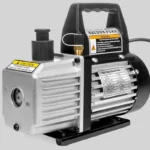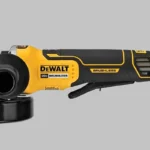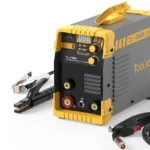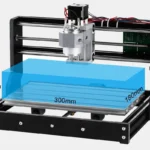When engaging in any woodworking project, safety is paramount—especially when it involves power saws. The sheer power and speed of a power saw can make it an invaluable tool, but also a dangerous one if not handled with care.
Let me share a quick story: a friend of mine once underestimated the kickback from a table saw, resulting in a nasty cut that could have been much worse. He was lucky, but not everyone is. Here’s a detailed guide on how to use power saws safely, helping you avoid common mistakes and ensure your projects are not only successful but also safe.
Understanding Different Types of Power Saws
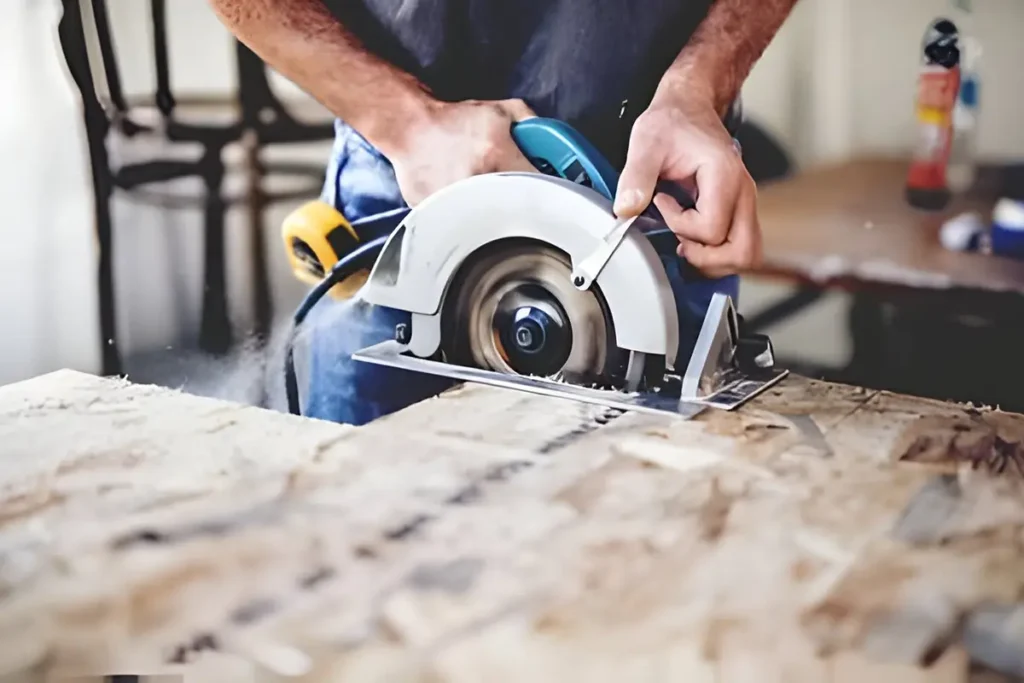
Power saws come in various forms, each suited to different tasks and materials. Here’s what you need to know about the most common types:
- Circular Saws: These are versatile and portable, perfect for cutting straight lines in wood. Key safety features include a sturdy blade guard and a grip-adjustable handle for control and comfort.
- Table Saws: Ideal for precise cuts, table saws have a fixed blade and a guide called a fence to ensure straight cuts. They are equipped with automatic shutoffs to enhance safety.
- Miter Saws: Used for making angular cuts, these saws have preset angle locks, which help in making precise cuts necessary for framing and molding.
- Reciprocating Saws: These are used for demolition rather than fine cuts, featuring a long, thin blade that moves back and forth. The main safety precaution here is blade integrity; always ensure the blade is sharp and secure.
- Band Saws: Excellent for intricate cutting, band saws use a thin, looped blade that allows for cutting detailed patterns and curves. The blade guard should be adjusted so that it’s just above the material being cut to prevent accidents.
Essential Safety Gear
Before you start your saw, gear up properly to protect yourself:
- Eye Protection: Always wear safety glasses or goggles to shield your eyes from flying debris.
- Hearing Protection: Power saws are loud. Protect your hearing with earplugs or earmuffs.
- Dust Masks and Respirators: Sawing can produce harmful dust, which should not be inhaled. A dust mask or respirator is a must in a confined space.
- Protective Clothing: Gloves should be tight-fitting (loose gloves can get caught in moving parts), and wear closed-toe shoes with non-slip soles.
Preparing Your Workspace
A safe workspace is critical for safe saw use:
- Organizing the Area: Keep the area free of clutter and well-lit. A tidy workspace reduces the chances of accidental trips and falls, which can be disastrous near a running saw.
- Tool Inspection and Maintenance: Regularly inspect your saw for issues like a dull blade or a frayed cord—both can be hazardous.
- Setting Up: Secure your material. If it’s wobbling or if you’re holding it by hand, there’s a higher risk of an accident. Use clamps to hold the material firmly against the guide or the worktable.
Operating Power Saws Safely
How you handle the saw plays a big part in operational safety:
- Handling and Technique: Keep both hands on the saw when it’s operational (if the saw design allows), and never reach underneath the material being cut.
- Using Fences and Guides: Always use the fence/guide for straight cuts on table and circular saws to keep the cut uniform and safe.
- Avoiding Kickback: Kickback happens when the saw blade binds; to prevent it, make sure the blade is sharp and clean, and do not force the saw through the cut.
- Dealing with Jams and Stalls: If a jam occurs, turn off the power immediately and wait until the blade stops completely before addressing the jam.
Post-Operation Procedures
Even after the cut is complete, your safety practices should continue:
- Powering Down: Allow the saw to come to a natural stop after cutting. Immediately removing your workpiece can damage both the piece and the saw.
- Cleaning and Maintenance: Clean your saw after each use, removing sawdust from all moving parts to ensure it operates smoothly next time.
- Storage Tips: Store saws in a dry, secure place to avoid rust and unauthorized use.
Common Mistakes to Avoid
Many accidents happen due to common mistakes, such as removing safety guards or using the saw while fatigued. Always double-check that safety features are engaged, and avoid rushing through a project.
Advanced Safety Tips
- Training and Manuals: Never start a new saw without reading the manual. Consider professional training if possible.
- Health Checks: Do not operate power tools when you are tired, distracted, or under the influence of drugs or alcohol.
- Emergency Preparedness: Keep a first aid kit nearby and know basic first aid to respond quickly if an accident happens.
Power saws are indispensable tools in woodworking that come with significant risks. By understanding these risks and preparing accordingly, you can safely handle these powerful tools and keep your focus on craftsmanship and creativity. Remember, a safe workspace is not only about following rules—it’s about cultivating a mindset of safety that becomes second nature. Now, take these tips, apply them to your work, and continue to build safely and confidently.

Matthew Dowell
Matthew, a seasoned builder from a family of craftsmen, leads Tools Trove. His passion for tools and decades of hands-on experience fuel his commitment to providing expert reviews and insightful content. Whether you’re a pro or a DIY enthusiast, Matthew’s guidance ensures informed decisions in the world of tools.

